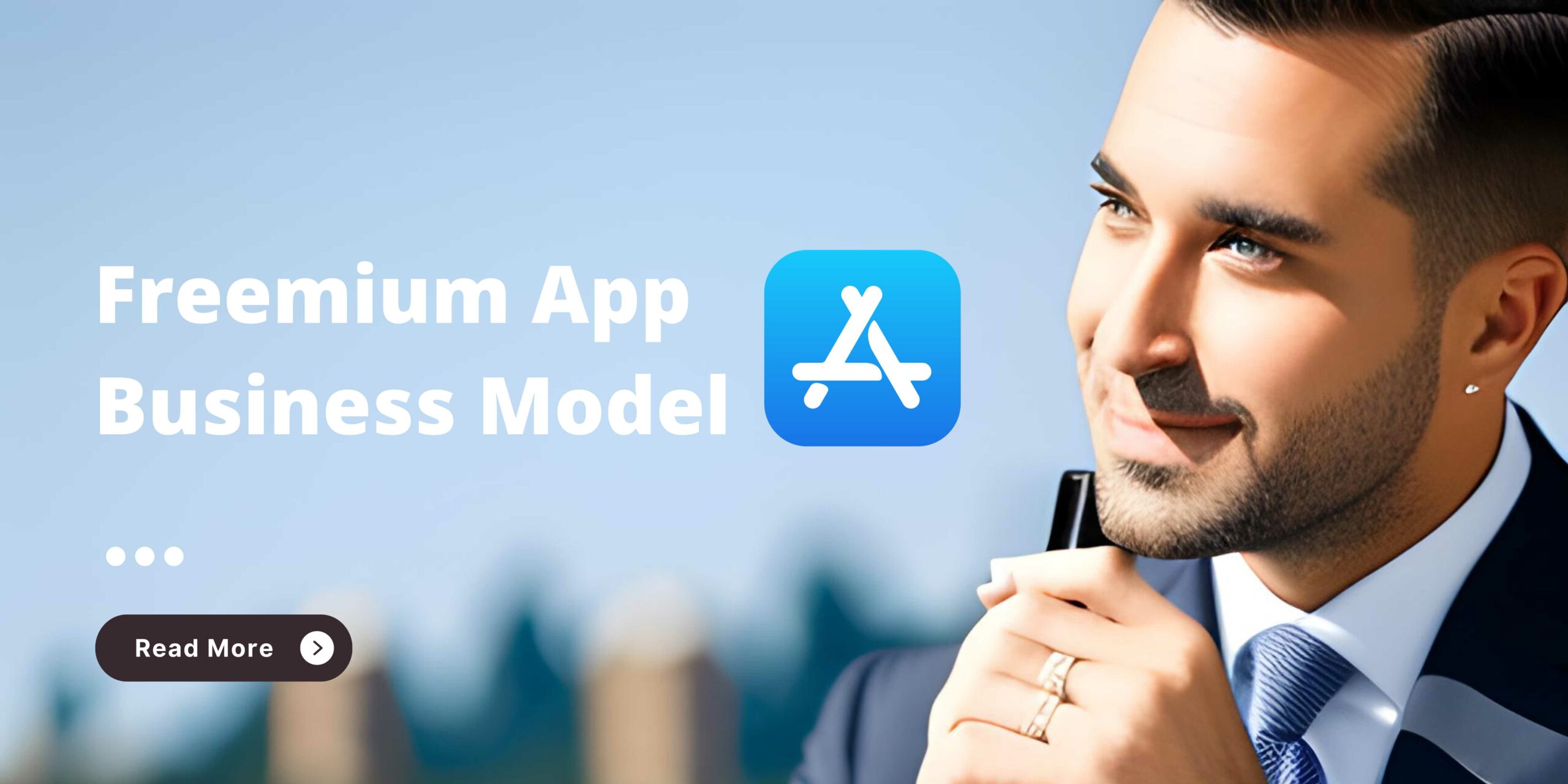- E-post:[email protected]
- telefon:+1 (305) 340-3049
19 mar

Picture this: you’re a detective trying to solve a case. You have a trusty tool at your disposal – the IDFA (Identifier for Advertisers). It’s like your magnifying glass, allowing you to track user behavior and deliver targeted ads.
But suddenly, Apple changes the game. Users now have more control over their data and can choose whether or not to allow tracking. It’s like someone took away your magnifying glass! This has significant implications for iOS app install campaigns, affecting targeting and attribution. In this blog post, we’ll discuss the changes to IDFA and how companies can adapt their iOS app install campaigns in a post-IDFA world.
Changes to IDFA:
Apple’s recent changes to IDFA (Identifier for Advertisers) have been described as App Tracking Transparency. These changes are intended to allow users not to share their personal data with third parties. With the new version of iOS, every app has to ask users upfront whether it’s OK to share their data with third parties.
Apple made these changes to improve user privacy and give users more control over their personal data. By requiring apps to ask for permission before accessing a user’s IDFA, Apple allows users to choose whether or not they want their data shared with third parties.
Impact on iOS App Install Campaigns:
Apple’s recent changes to IDFA have significantly impacted iOS app install campaigns. IDFA historically allowed iOS and Safari to use common tools like frequency capping, app installs attribution, and campaign measurement. However, with users now having the option to opt out of sharing their personal data with third parties, these tools will be less effective.
As a result of these changes, companies have had to adapt their approach to targeting and attribution in iOS app install campaigns. For example, Facebook has shifted its mobile app measurement to rely on the SKAdNetwork to report on app conversion data. With this change, businesses will be limited in measuring the performance of iOS 14 apps install campaigns on Facebook.
The removal of IDFA may also lead to revenue declines for iOS developers that rely on advertising to support their businesses. In fact, some estimates suggest that revenue declines could be as high as 66% or more for these developers.
Changes to iOS App Install Campaigns:
Think of IDFA like a map that guides you to your destination – in this case, your target audience. With the changes to IDFA, it’s like someone took away your map, and you have to find your way using other methods. This means that targeting and attribution in iOS app install campaigns will be impacted. But don’t worry. All is not lost! There are alternative methods for targeting and attribution that companies can use.
Adapting to Post-IDFA World:
- Leveraging First-Party Data: Companies can leverage their own first-party data to create custom audiences for targeting. This can include data such as customer purchase history, website behavior, and app usage.
- Cross-Device Attribution: Companies can use cross-device attribution to track user behavior across multiple devices. This can help them better understand the customer journey and attribute conversions to the correct device.
- Predictive Modeling: Companies can use predictive modeling to identify users who are most likely to convert based on their past behavior. This can help them target users more effectively and improve the performance of their app install campaigns.
- Influencer Marketing: Companies can partner with influencers to promote their app to a highly engaged audience. By tracking the performance of these influencer campaigns, companies can attribute app installs to specific influencers.
- Gamification: Companies can use gamification techniques such as rewards and challenges to encourage users to engage with their app and share it with others. By tracking user behavior within the app, companies can attribute app installs to specific gamification techniques.
- Target Cost per Install (tCPI): This improves conversion modeling and reporting accuracy of app installs and in-app actions while keeping user data private. Another option is to anchor on KPIs (Key Performance Indicators) such as creative/ad performance metrics. By using tCPI, companies can set a target cost per install, and Google Ads will optimize their bids to help them achieve their target. This feature improves conversion modeling and reporting accuracy of app installs and in-app actions from your iOS App campaigns while keeping user data private.
- Anchor on KPIs: In a post-IDFA world, companies can anchor on KPIs (Key Performance Indicators) such as creative/ad performance metrics to plan their media campaigns. While targeting by IDFA and IDFA-based audiences will not be possible for users without explicit consent, other dimensions, such as attribution and creative/ad performance metrics, are unaffected equally. By focusing on these dimensions, companies can still achieve their goals.
- Contextual Targeting: Companies can use contextual targeting to show ads based on the content of the website or app where the ad is being displayed.
- SKAdNetwork: This is Apple’s solution for the attribution of app installs on iOS 14 and above. Companies can use SKAdNetwork to measure the success of their app install campaigns.
- Apple Ads Attribution API: This API combines the AdServices framework on client devices with a RESTful API for server-side communication with Apple’s attribution server. The API retrieves attribution data from app downloads and redownloads from Apple Search Ads campaigns.
Shift to App Store Optimization (ASO) and Other Areas:
In a post-IDFA world, App Store-optimalisering (ASO) has become even more important. Companies should focus on improving their ASO to increase visibility and organic downloads. Conversion optimization through creative A/B testing and ASO is getting really important post-IDFA as optimized banners, and product pages will help reach out to the most targeted users and thus decrease CPI. With the virtual death of IDFA – with both Facebook and Google moving to automated media buying – the last meaningful lever mobile app developers have is creativity.
At App Promotion Summit London (WFH), Simon Thillay (Head of ASO @ AppTweak) discussed how to prepare marketing strategies for the new App Tracking Transparency policies. In this session, Simon covered why ASO is complementary and not a replacement for UA, increasing Apple Search Ads efforts, and researching customer intent with ASO.
An essential benefit of contextual advertising is that it is more cost-effective than behavioral advertising. Since data collection is at the heart of behavioral advertising, it requires significant human and financial resources to apply effectively.
What Happens Next:
Apple’s recent changes to IDFA have significantly impacted iOS app install campaigns. Targeting and attribution have become more challenging, but there are alternative methods that companies can use to continue reaching their desired audience and measuring the success of their campaigns.
Adapting to these changes is crucial for companies to remain competitive in the app market. This includes implementing alternative targeting and attribution methods as well as focusing on App Store Optimization (ASO) to improve organic visibility.
Get Help with App Marketing
As an experienced app marketing agency, I specialize in leveraging the IDFA to boost app visibility and downloads. With a proven track record of success in App Store Optimization and Apple Search Ads, I’ve helped over 50 iOS and Google Play apps reach their marketing goals. Schedule a complimentary ASO consultation with me to learn how I can enhance your app’s marketing success with IDFA.



Jason Batansky